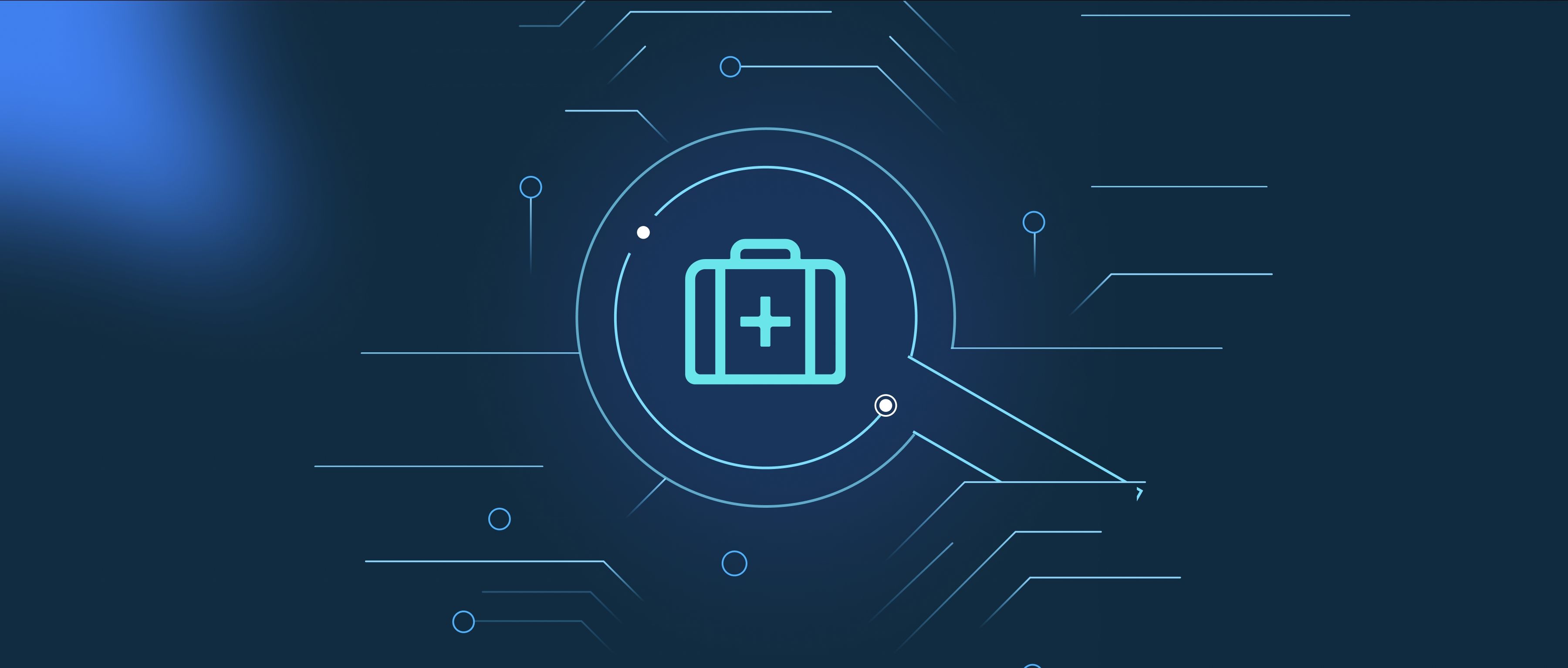Yes, data augmentation can create bias in models, even though its primary purpose is to improve model performance and generalization. Data augmentation involves artificially expanding the training dataset by applying various transformations to the existing data. While this practice can help a model learn better by exposing it to different variations of input data, it can also inadvertently introduce or amplify biases that exist in the original dataset.
For instance, consider a scenario where a facial recognition model is being trained. If the dataset primarily contains images of individuals from a specific demographic (e.g., predominantly light-skinned faces), applying data augmentation techniques like changing brightness, rotation, or cropping on these images will not effectively address the underlying bias. Instead, the model might learn to recognize facial features more accurately for that specific group while struggling with others, potentially leading to significant performance disparities across demographic groups.
Furthermore, if the augmentation techniques used are not carefully chosen, they might favor certain characteristics over others. For example, if an audio classification model is augmented by speeding up recordings, it could make the model less robust to slower speech patterns. This could disadvantage individuals who naturally speak more slowly due to dialects or speech disorders. Hence, developers need to consider the implications of their augmentation strategies and ensure they are inclusive and representative of the diverse scenarios the model might encounter when deployed in the real world.
